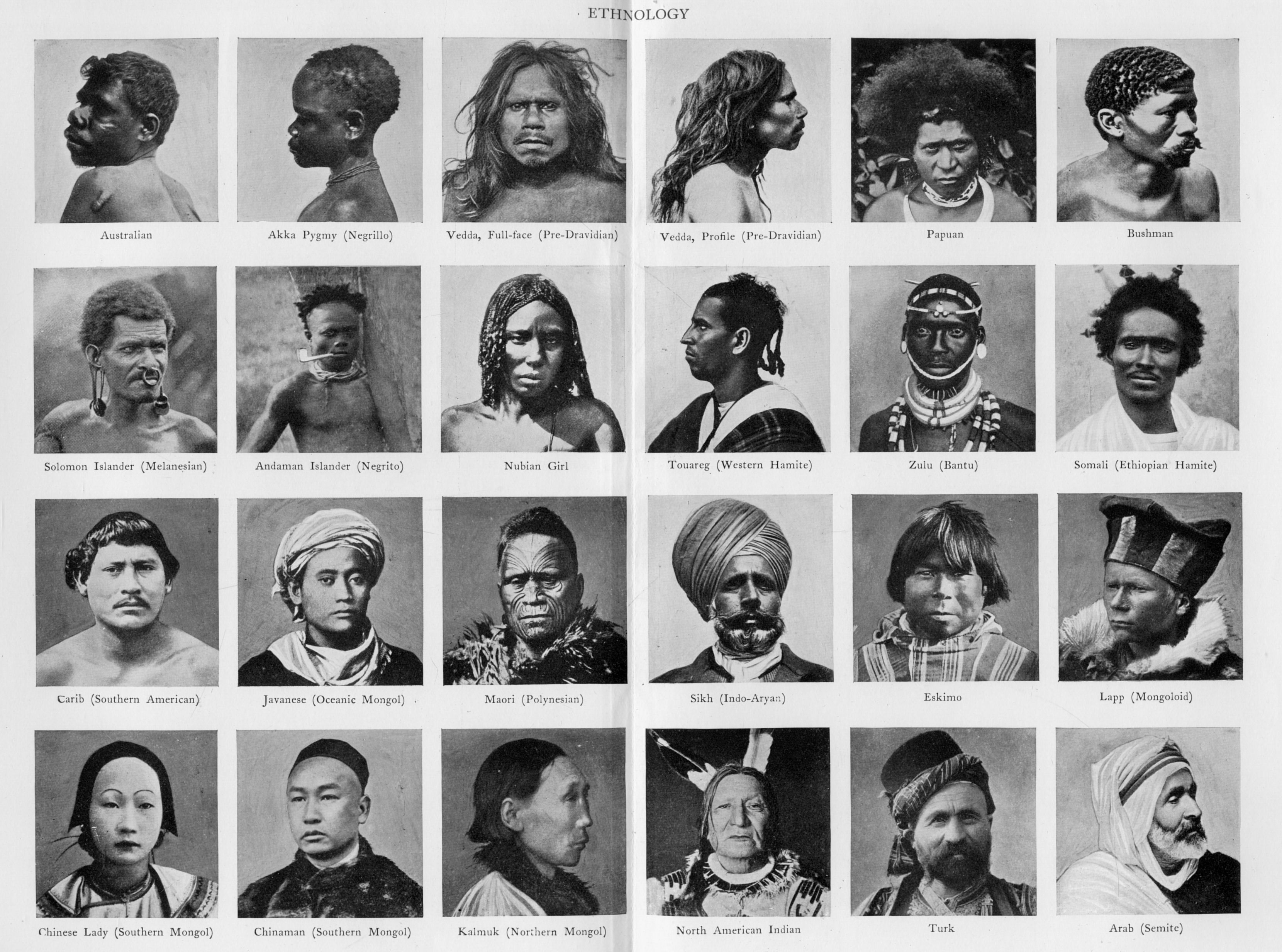Frankly, writing about the living races of mankind is not the subject matter of social anthropology. Neither is it its scope.
Even then it was included in our discussion because today we hardly understand the meaning of race and much discrimination has crept into our relations with other groups. In scientific paraphrase, race is a valid biological concept. “It is a group united by heredity: a bread or genetic strain or sub-species.
It is not a valid socio-cultural concept.” As a matter of fact, the meaning of race is ambiguous and is used in socio-cultural situations. It is a tragedy of mankind that a biological and zoological concept is used in ethnic and social connotations.
ADVERTISEMENTS:
It is this erroneous use of race which has obliged us to discuss it in social anthropology. Thus, when we talk of race, we talk about physical anthropology, and when we talk about racism, racial prejudices, biases and discrimination, we talk about social anthropology.
This can be further explained by an example. When we say that Caucasians or whites have wavy texture of hair, narrow head, fair skin colour and a tall stature, we are explaining the group by its racial characteristics. But when we say that the whites or Caucasians are the only civilized people in the world, it is a prejudicial statement.
There are Negros who are perhaps better civilized than the Caucasians. Obviously, civilization is something which is acquired by a group through its achievements. In short, racial characteristics, such as, texture of hair, cephalic index, length and breadth of nose, eye colour, skin colour, etc., are acquired by birth.
ADVERTISEMENTS:
But socio-cultural characteristics, occupational achievement, poverty or affluence are attained by adaptation. Thus, physical characteristics are hereditary; ethnic and social characteristics are acquired or achieved. Social anthropology analyzes the acquired characteristics.

